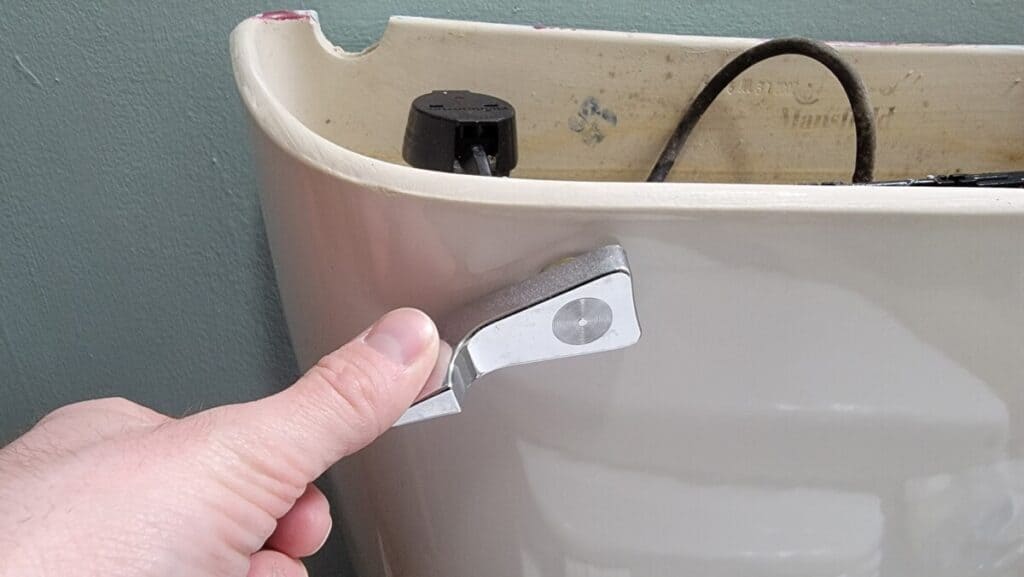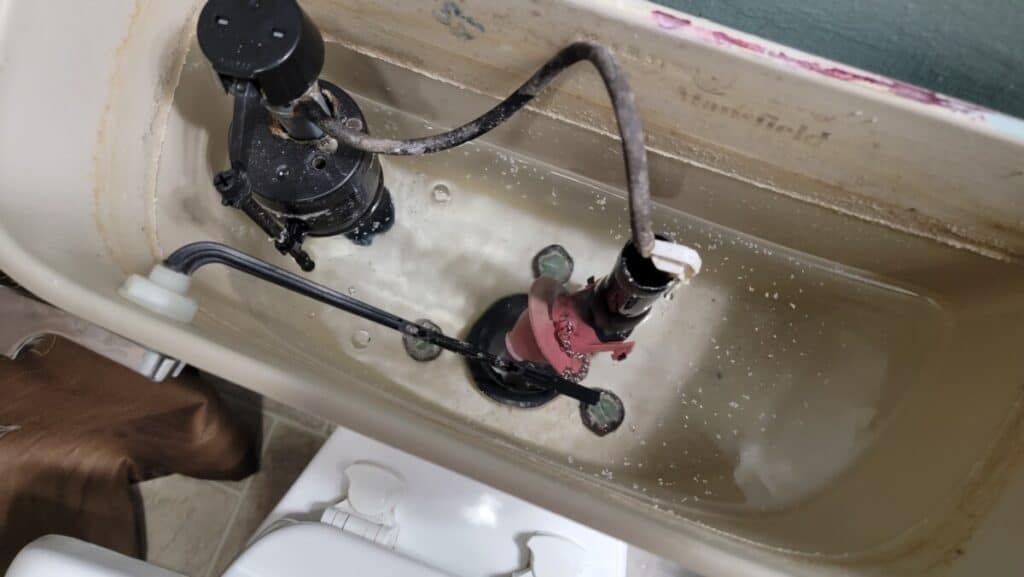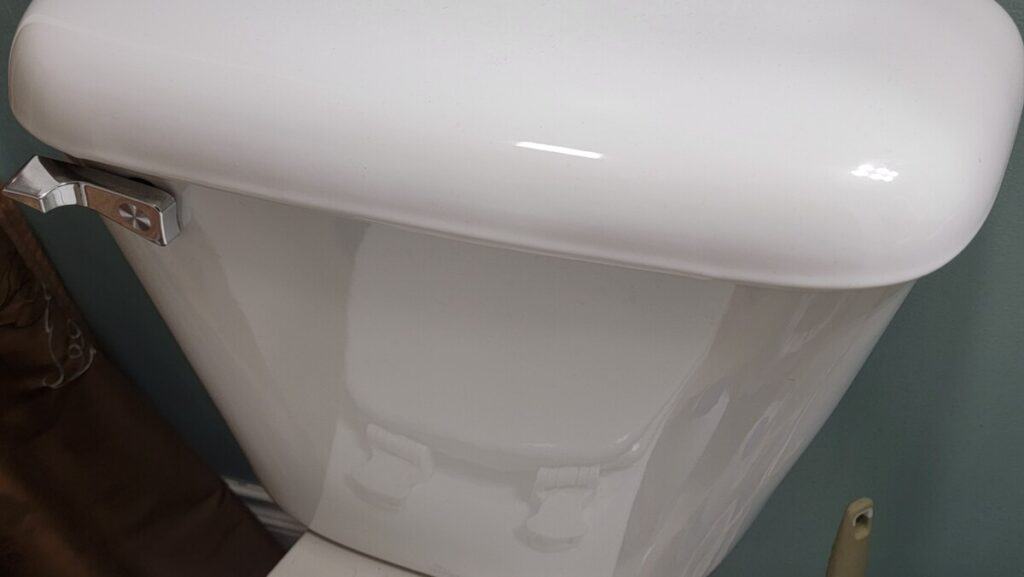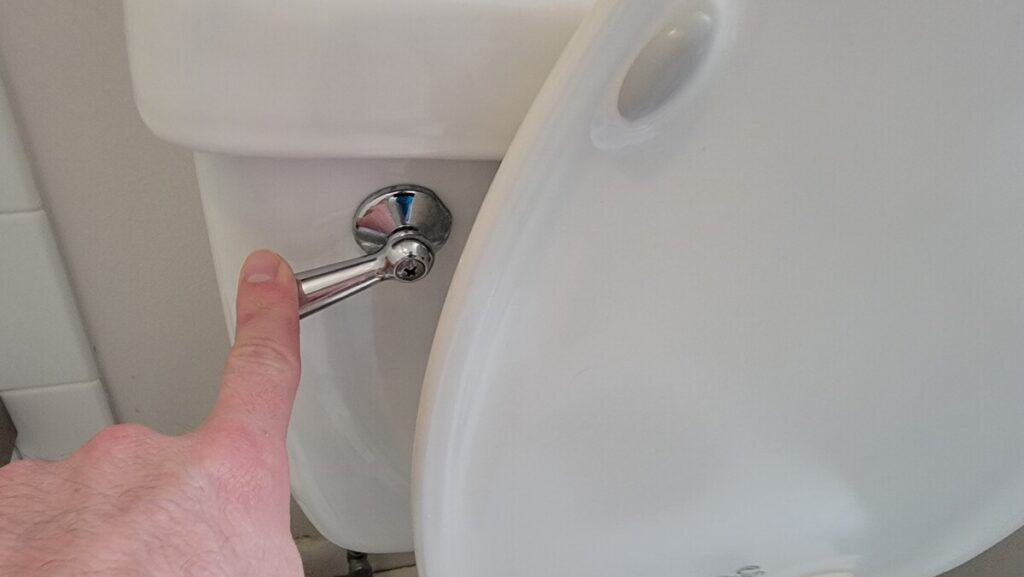No Plunger Success? Top Toilet Overflow Tips
Dealing with an overflowing toilet is a dreaded and frustrating experience for any homeowner. The situation can become even more stressful and disconcerting when your trusty plunger, which usually saves the day, fails to do its job.
In such scenarios, it’s crucial to stay calm, keep a clear head, and take the necessary steps to address the issue effectively. In my experience of working in maintenance at a property housing over 250 toilets for the past 10 years, I have encountered this particular issue countless times.
This comprehensive guide delves into the reasons behind toilet overflows, presents alternative methods to solve the problem when a plunger isn’t working, and offers tips to prevent it from happening in the future.
By understanding the various aspects of this common household problem, you’ll be well-equipped to handle even the most stubborn overflowing toilet with confidence and ease.
How to Fix an Overflowing Toilet When the Plunger isn’t Working
First, it’s essential to understand why your toilet is overflowing. Generally, this happens when there’s a blockage in the drain or a malfunction in the plumbing system. Let’s discuss the various causes and how to address them.
Turn Off the Water Supply
Before you attempt any other solution, turn off the water supply to the toilet to prevent further flooding. Locate the water valve, usually found near the base of the toilet, and turn it clockwise to close it. This simple step can save you from a messy and potentially damaging situation.
Try a Different Plunging Technique
Sometimes, the problem isn’t the plunger itself but the way you’re using it. First, make sure that the inner part of the plunger that normally folds inside the cup is pulled out so that it looks like the picture below. The way it normally looks is for plunging a sink. That inner fold should be down in the hole of the toilet.
Ensure that the plunger’s rubber cup completely covers the drain hole and creates a tight seal. Push and pull the plunger vigorously to create suction. It might take some time and effort, but this action should help break up the clog and restore proper drainage.
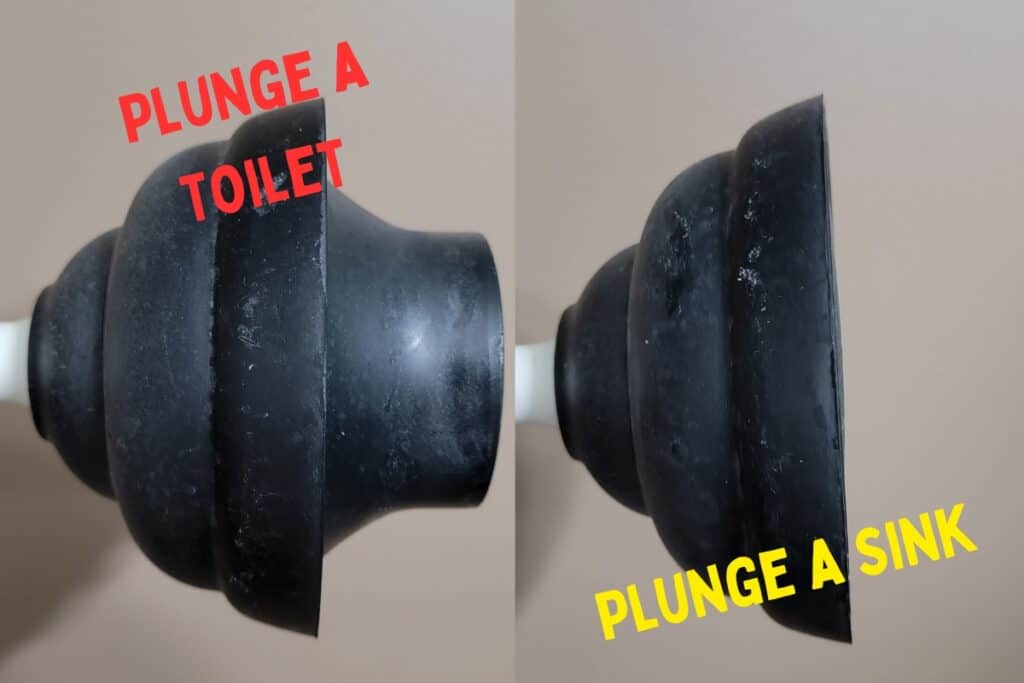
Use a Toilet Auger
If plunging doesn’t work, you can try using a toilet auger (usually around 6′ in length) or a plumbing snake (10-30’+ models). A toilet auger (and snake) has a long, flexible cable with a crank handle on one end and a corkscrew-like tip on the other.
Insert the auger’s tip into the toilet bowl and rotate the handle clockwise as you push it further into the drain. The corkscrew end will either break up the clog or latch onto it so that you can pull it out. Be sure to wear gloves and have a bucket or bag handy to dispose of any debris you might retrieve.

Inspect the Toilet Trap
The toilet trap is a curved section of the drainpipe designed to hold standing water, preventing sewer gases from entering your home. If the blockage is located in the trap, you may be able to dislodge it by carefully reaching in with a gloved hand or using a flexible brush.
Be cautious and avoid using excessive force, as you don’t want to damage the toilet or cause a more significant problem. If it’s in the bend of the trap, the auger should be able to remedy the problem.
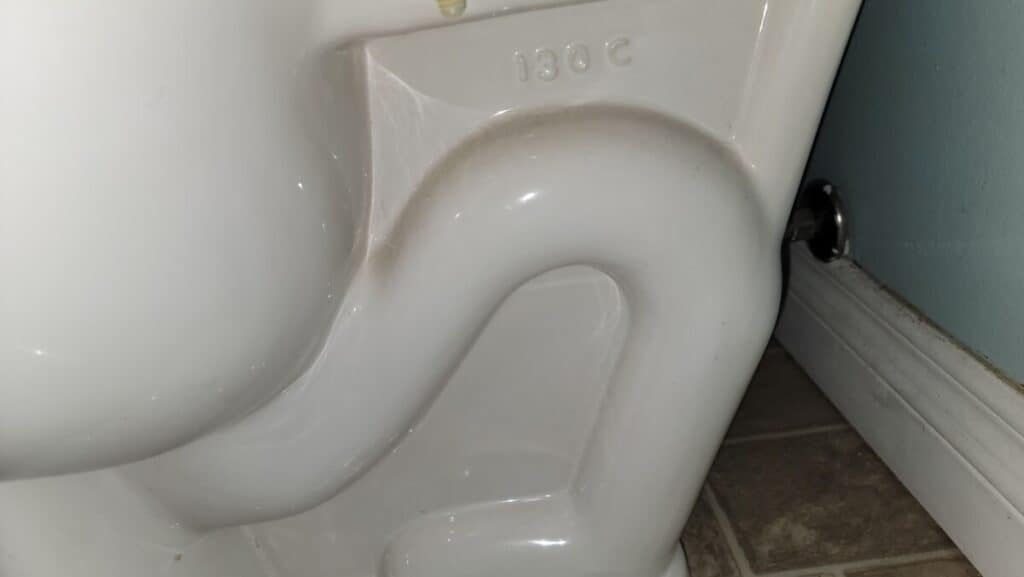
Examine the Vent Pipe
A blocked vent pipe can cause poor drainage and lead to an overflowing toilet. The vent pipe helps regulate and equalize air pressure in the plumbing system, and if it’s obstructed by debris or nesting animals, it can disrupt the flow of water.
To check the vent pipe, you may need to climb onto the roof and use a flashlight to inspect it. Remove any obstructions to restore proper airflow.
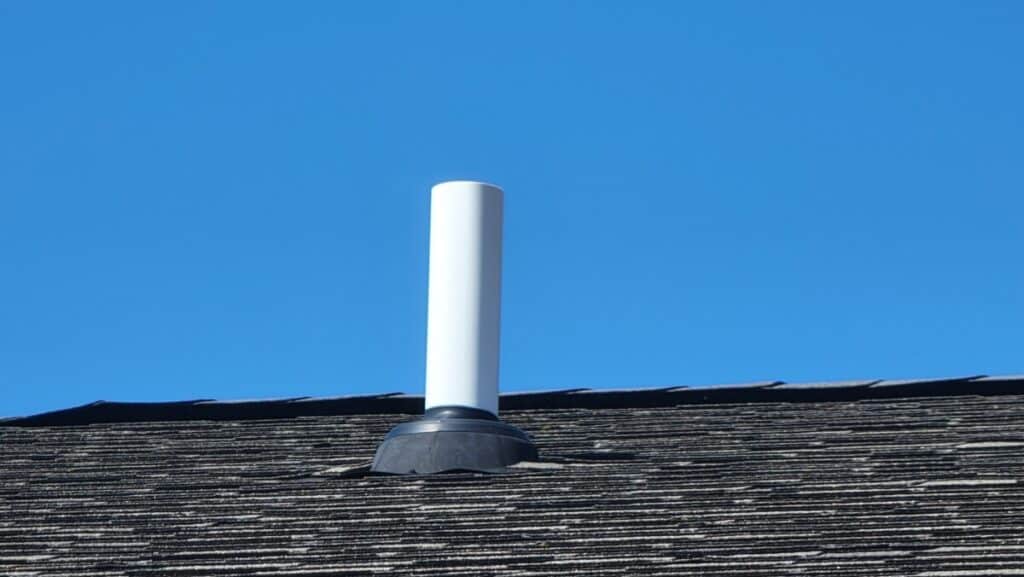
Check for Sewer Line Issues
In rare cases he cause of the overflow might be a problem with the main sewer line.
If you suspect this is the case, especially if you’re experiencing issues with multiple fixtures in your home, it’s best to call a professional plumber or trusted handyman. They can diagnose and fix any complex problems, such as a blocked or damaged sewer line.
Prevent Future Overflows
Know What to Flush and What NOT to Flush
To avoid facing another toilet overflow, practice proper toilet use and maintenance. Be mindful of what you flush, sticking to toilet paper and human waste only. Avoid flushing non-flushable items such as baby wipes, diapers, condoms, bars of soap, or sanitary products, as they can easily clog the drain. Regularly clean your toilet and perform routine plumbing inspections to ensure everything is functioning correctly.
I don’t care what the package says with the baby wipes or the sanitary wipes. Do NOT flush them even if the package says, “flushable” (Except for Cottonelle, which also will say that their wipes break down like toilet paper – Amazon). You may not pay for it today, but they are notorious for getting stuck on burrs inside your plumbing and slowing creating a blockage that can arise weeks or months from now.

To prevent clogs and subsequent overflows, it’s essential to educate your family members and guests about proper toilet usage. Make sure they understand which items can be flushed and which cannot. Having a small, clearly labeled trash bin in the bathroom can help reduce the temptation to flush non-flushable items.
Do NOT flush:
- Baby Wipes and Wet Wipes
- Feminine Hygiene Products
- Condoms
- Cotton Balls and Swabs
- Dental Floss
- Sponges
- Paper Towels and Tissues
- Cooking Grease, Fat, and Oil
- Prescription Medication
- Cat Litter
- Socks or other clothes
Regularly Inspect Your Plumbing System
Regularly inspect your plumbing system, paying close attention to your toilet and any connecting pipes. Look for signs of wear and tear, such as cracks, leaks, or corrosion. Addressing these issues promptly can help prevent more significant problems down the line.
Invest in High-Quality Plumbing Equipment
Using high-quality plumbing equipment, such as a sturdy plunger and toilet auger, can make all the difference when dealing with a toilet overflow. Having the right tools on hand can save you time, effort, and potentially costly repairs.
Consider Upgrading Your Toilet
If your toilet is older or prone to clogging, consider upgrading to a newer model with more powerful flushing capabilities. Modern toilets often have improved designs that reduce the risk of clogs and overflows, making them a worthwhile investment for your home.
Final Takeaways
An overflowing toilet is a stressful and unsanitary situation that nobody wants to experience. When your plunger isn’t enough to fix the problem, try the alternative methods discussed in this guide.
In some cases, it’s necessary to call a professional plumber or trusted handyman to address the issue, particularly if it’s related to the main sewer line or other complex plumbing problems.
Remember, prevention is key. By practicing proper toilet use and maintenance, you can minimize the risk of future overflows and keep your bathroom in good working order.



